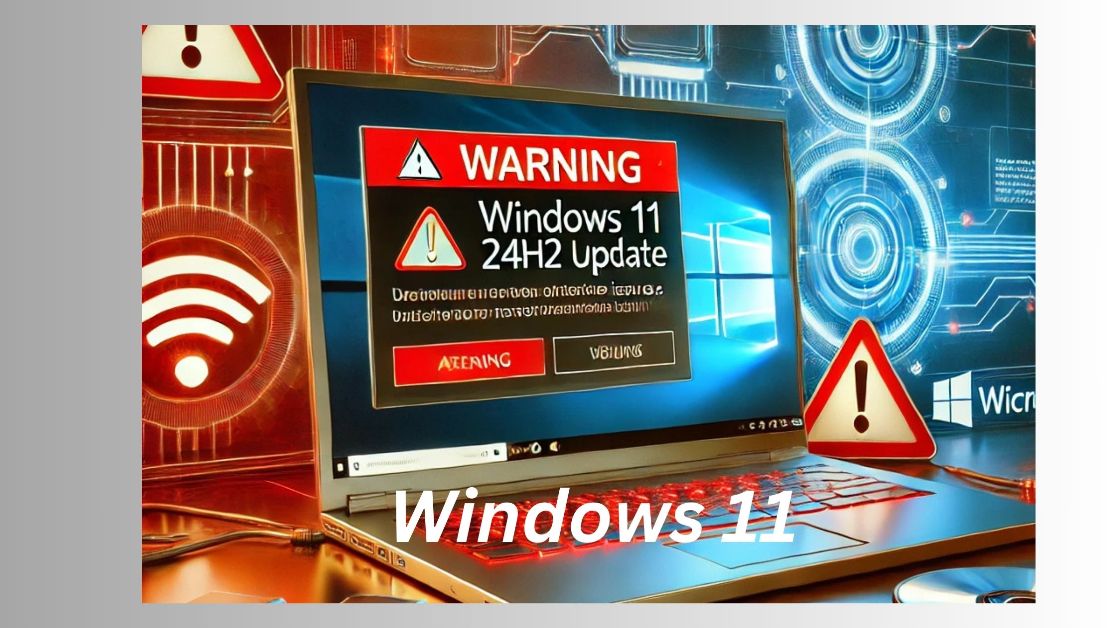
Microsoft has issued an important warning for Windows users: a seemingly simple mistake during a Windows 11 24H2 installation can prevent your PC from receiving future security updates. This revelation has created concern among users, especially as the issue stems from using external media such as USB drives or CDs to install the operating system.
What’s the Problem?
Microsoft’s documentation highlights the issue:
- Affected Installations: The problem arises when Windows 11 24H2 is installed using external media that includes the October 2024 or November 2024 security updates.
- Impact: Affected PCs may enter a state where they cannot accept future security updates, putting them at risk.
- Safe Installation Method: This issue does not occur when security updates are installed through the Windows Update feature directly on the device.
Users trying to catch up on updates during the holiday season found themselves unable to proceed further, leading to widespread confusion.
What Can You Do?
If you’ve encountered this issue, Microsoft suggests the following steps:
- Download the Media Creation Tool: Create a new installation media file.
- Reinstall the OS: Use the updated installation media to perform a fresh installation of Windows 11.
- Install December Updates: Ensure the December 2024 security update is applied after the fresh installation to avoid future issues.
Other Recurring Issues with Windows 11 24H2
The media installation issue isn’t the only challenge for Windows 11 24H2 users. Additional bugs and glitches have been reported, including:
- Wi-Fi Connection Problems: Many users have experienced issues with DHCP functionality, leaving their devices without proper internet access. A workaround involves disabling DHCP Option 43 in affected setups.
- Perception Challenges: Despite being functional for most users, the persistent issues have created a narrative of instability for Windows 11, adding to its adoption challenges.
Why Are Windows 10 Users Holding Out?
Windows 11 adoption has been slower than expected, with millions of users sticking to Windows 10. Factors contributing to this resistance include:
- Hardware Requirements: Many devices fail to meet the stringent hardware requirements for Windows 11.
- Update Issues: Recurring bugs in Windows 11 updates, such as those seen in the 24H2 release, undermine user confidence.
- Extended Support for Windows 10: Users can opt to pay $30 for an additional year of security updates, allowing them to avoid transitioning to Windows 11.
What’s Next for Microsoft?
With Windows 10’s end-of-support scheduled for October 2025, Microsoft faces mounting pressure to resolve these issues and encourage a smoother transition to Windows 11. The company is reportedly working on a permanent fix for the 24H2 installation issue, urging users to apply the latest updates to minimize risks.
Conclusion
If you’re planning to update to Windows 11 24H2, avoid using external media that includes older security updates. Stick to the Windows Update feature or ensure your installation media is created using the latest updates.
For users encountering issues, patience and proactive troubleshooting are key. Microsoft is working on permanent fixes, but staying informed and cautious is essential to avoid disruptions.





